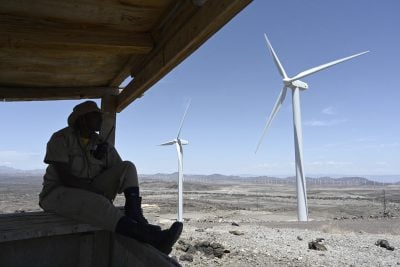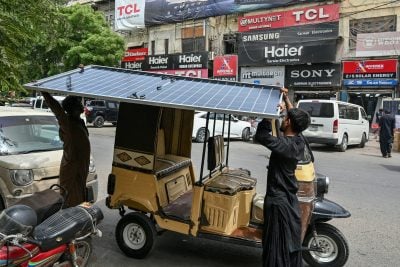Last Tuesday, the City of Cape Town, moved “Day Zero,” forward by 10 days to 12 April 2018 from 22 April to reflect declining water reserves.
Day Zero is when the majority of the city’s roughly 4 million residents be without water service in their homes for at least 150 days. Residents will collect an allocation of 25 litres of water per person per day from 200 collection points in the city. Municipal water supply will continue flowing at some sites including hospitals and large informal settlements.
The water supply crisis is credit negative for Cape Town. The city’s municipal water revenue contribution of ZAR3.9 billion equalled 10% of its operating income in 2017. The city will lose a portion of this revenue and will have increased operational costs from crisis management policies and programmes, and implementation of water supply projects.
Two of Cape Town’s main industries, tourism and agriculture, are likely to decline, reducing employment, gross value added and tax income. Other effects include threats to public health from poor sanitation and, more generally, to social order, which is significant given Cape Town’s marked income inequality.
The city has lowered further its per capita target to 50 litres per person per day starting 1 February from 87 litres per person.
The city has increased its capital budget to respond to the crisis, raising the 2018 total capital expenditure budget to ZAR7 billion ($538 million) from ZAR5.9 billion ($454 million) in 2017, largely to implement water projects. Opposition to a proposed “drought charge,” which would have augmented the budget, eliminated that option.
According to 2017 draft financial statements, the city’s policy of maintaining a strong liquidity ratio of 1.5x of its current liabilities and conservative debt management with a debt burden of only 11% of its operating revenue will help mitigate the effects of borrowing required to implement capital projects over the next three years. However, if the crisis persists, it remains to be seen how the city will cope with the unfolding crisis’ potentially wide-ranging consequences on the city’s finances and economy.
For now, the city is employing two main tactics to alleviate the crisis: demand management and supply augmentation.
As of last Monday, with water consumption at some 586 million litres per day, demand exceeds the city’s August 2017 target of 500 million litres per day. The city has lowered further its per capita target to 50 litres per person per day starting 1 February from 87 litres per person.
Supply augmentation projects, mainly small-scale desalination plants and ground water extraction, are behind schedule and will generate only around 100 million litres of water per day when completed – an insufficient amount to avoid Day Zero in 2018.
By Daniel Mazibuko – Associate Analyst, Moody’s
Want to continue reading? Subscribe today.
You've read all your free articles for this month! Subscribe now to enjoy full access to our content.
Digital Monthly
£8.00 / month
Receive full unlimited access to our articles, opinions, podcasts and more.
Digital Yearly
£70.00 / year
Our best value offer - save £26 and gain access to all of our digital content for an entire year!

 Sign in with Google
Sign in with Google 




